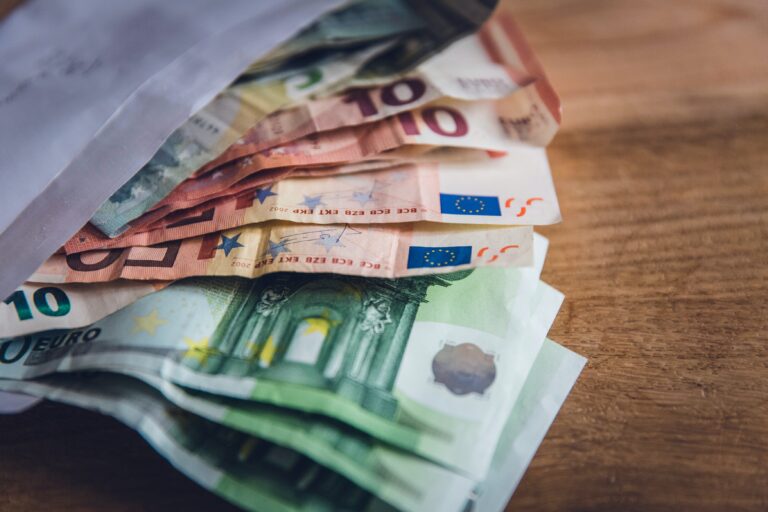
Daily Brief – What is the Mar-a-Lago Accord, and should markets care?
What is the Mar-a-Lago Accord, and should markets care?
At heart, the Mar-a-Lago Accord is a proposal for President Trump to weaken the US Dollar. As we know, Trump’s typical deregulatory and risk-inducing persuasion would, all other things equal, increase demand for the US Dollar. As far as the relationship between perceived risk and the Dollar goes, the narrative follows that the Dollar as the global reserve currency and Treasuries as the benchmark asset amongst such holdings attract investment flows as investors rotate away from more volatile equities. That relationship however only holds as long as the Dollar and Treasury bills are still perceived as lower risk stable assets.
The so-called Mar-a-Lago accord suggests that Trump’s tariff bonanza is a stepping stone towards future trade deals and to secure foreign nations’ cooperation in weakening the Dollar. Mechanisms to incentivise the (financial) world not to hold US Treasuries can be split up into the ‘easy way’ and the ‘hard way’. The easy way is the Mar-a-Lago accord, working with foreign nations who stockpile USD and Treasuries as reserves to unwind those holdings over time. The hard way would see holders of Treasuries (outside of the USA) pay a fee for holding such assets, thereby eroding their perceived value/return.
Based upon the musings of Trump’s Chair of the Council for Economic Advisers, Stephen Miran, the carrot of preferential trade terms in exchange for buying into the Mar-a-Lago accord only works after the stick of tariffs. The Dollar, despite its recent breakout, should remain somewhat protected until Trump’s reciprocal tariffs (due April 2) materialise. If the Mar-a-Lago accord transpires it is likely that USDJPY would be the greatest loser, as the Yen would likely benefit from additional defensive demand in the absence of the Dollar to play this role.
Discussion and Analysis by Charles Porter

Related Insights

Daily Brief – A weaker Dollar: Trump vs. Powell
A weaker Dollar: Trump vs. Powell The Dollar continued to lose ground yesterday as the truce between Israel and Iran appeared to continue to hold. There has been a noticeable return to focus upon macro and monetary influences in major currency pairs. Yesterday, Fed Chair Jay Powell provided his semi-annual monetary policy report before the […]

Daily Brief – Next level
Next level EURUSD has managed a relatively smooth ascent to its current levels, around 1.18. That is despite significant resistance levels, most notably around 1.17. A large collection of option strike prices gathered around this key level and the price history of the pair shows us its significance. Sustained closes above this level since last […]

Daily Brief – Whiplash
Whiplash A highly volatile start to yesterday’s trading session saw a flight to safety in markets. Despite the Dollar having lost much of its appeal as a safe haven lately, there was still an identifiable USD bid prior to and during the European open. We have identified recently how markets have clearly differentiated between general […]

